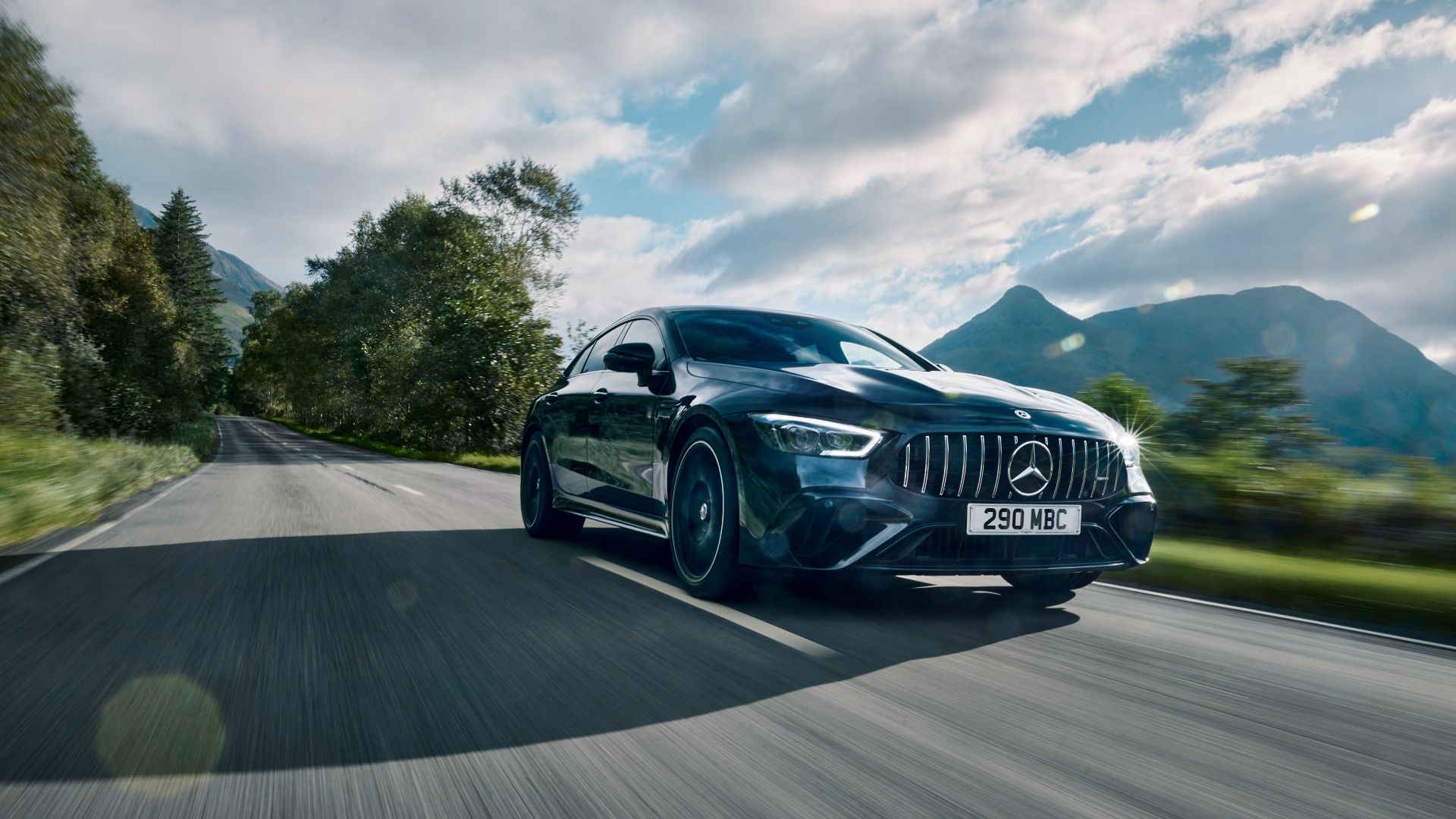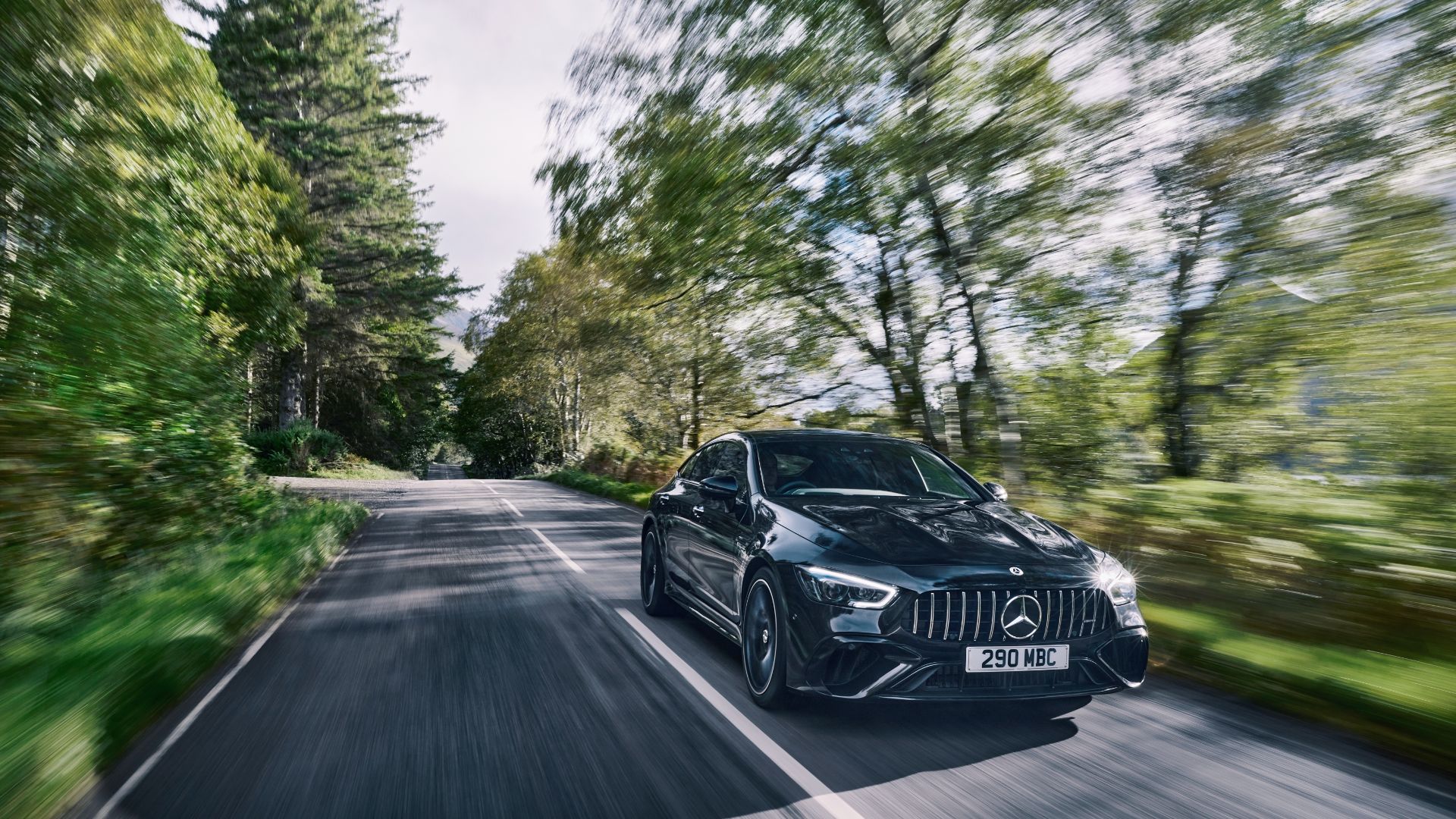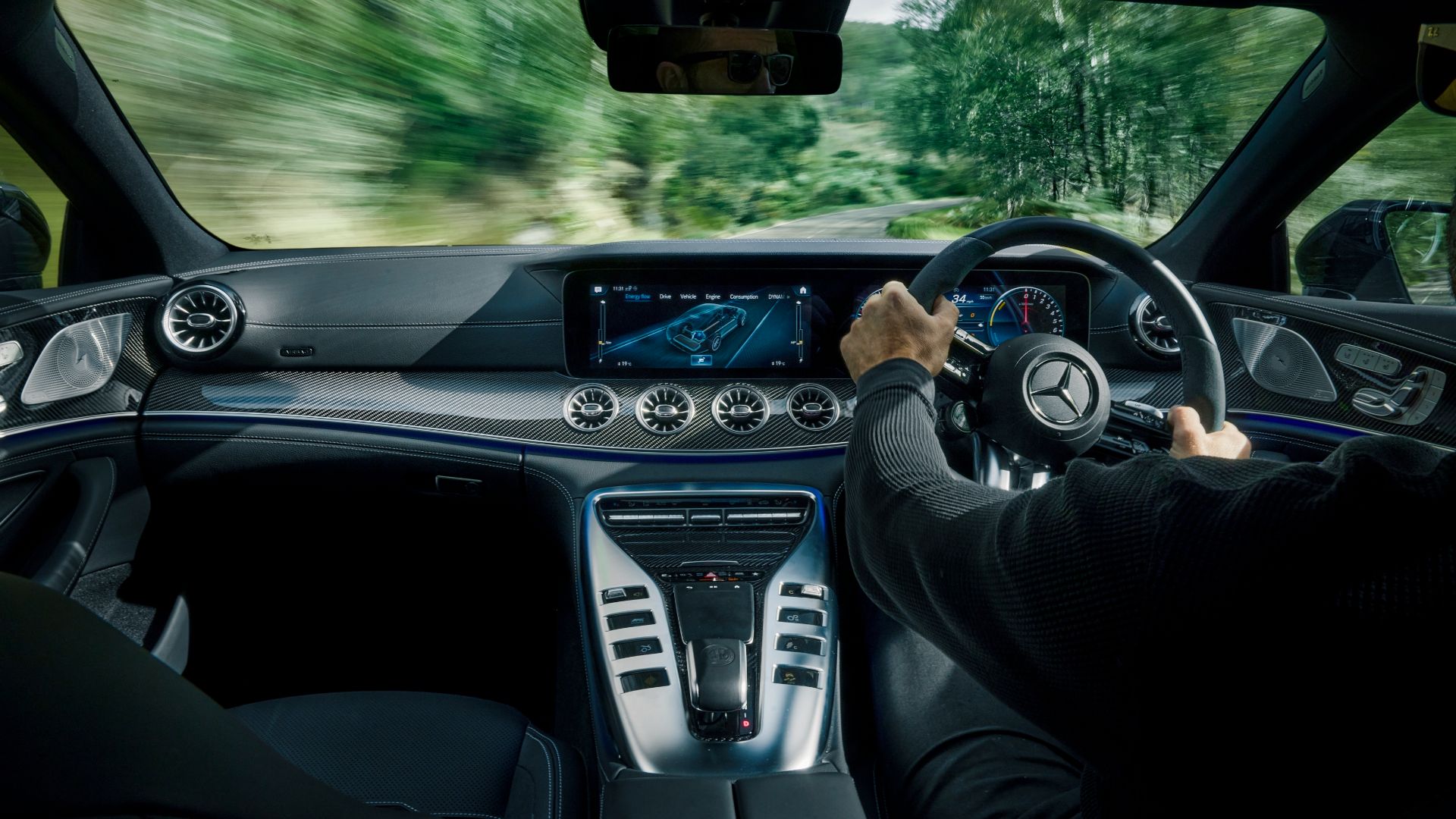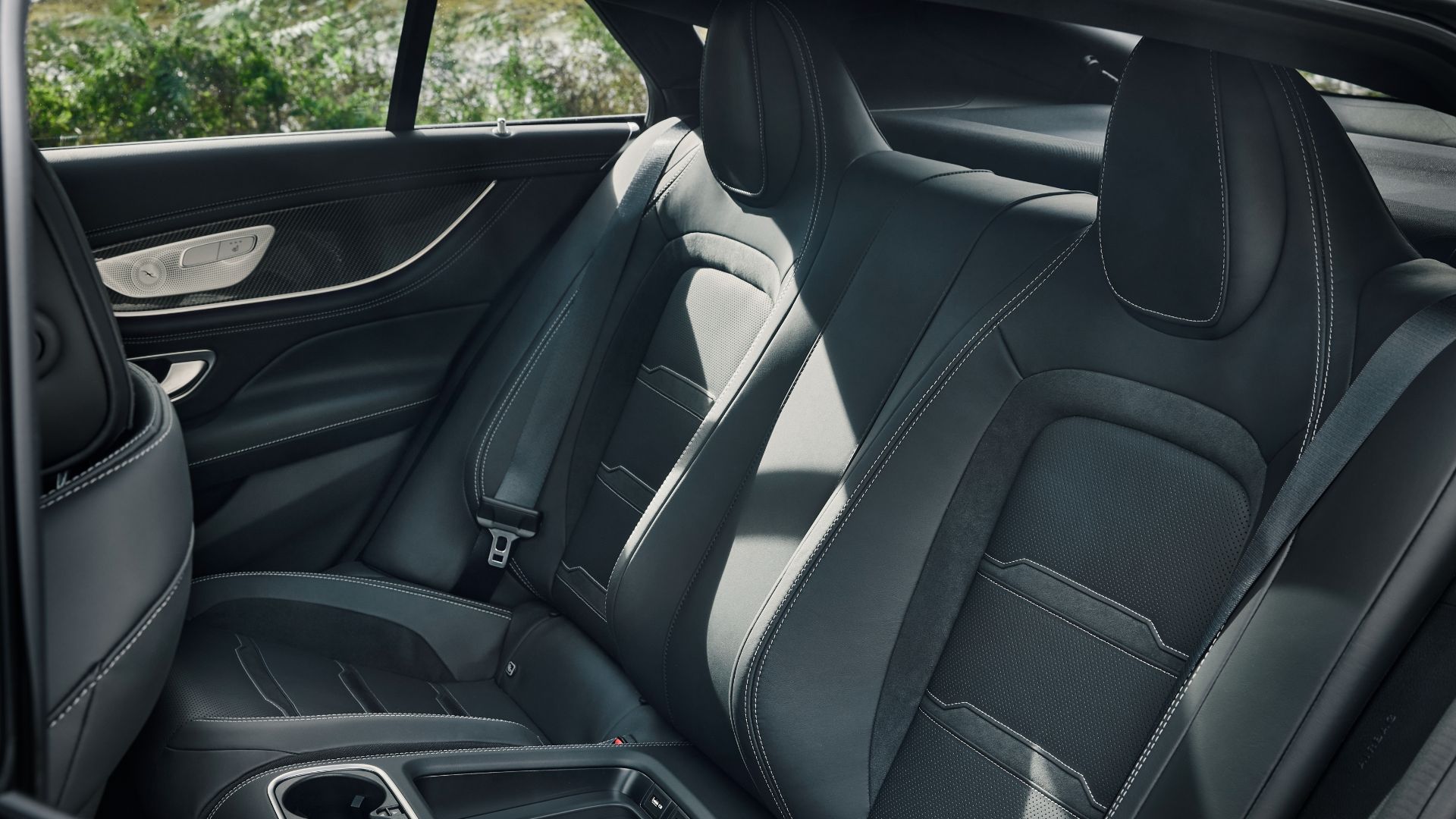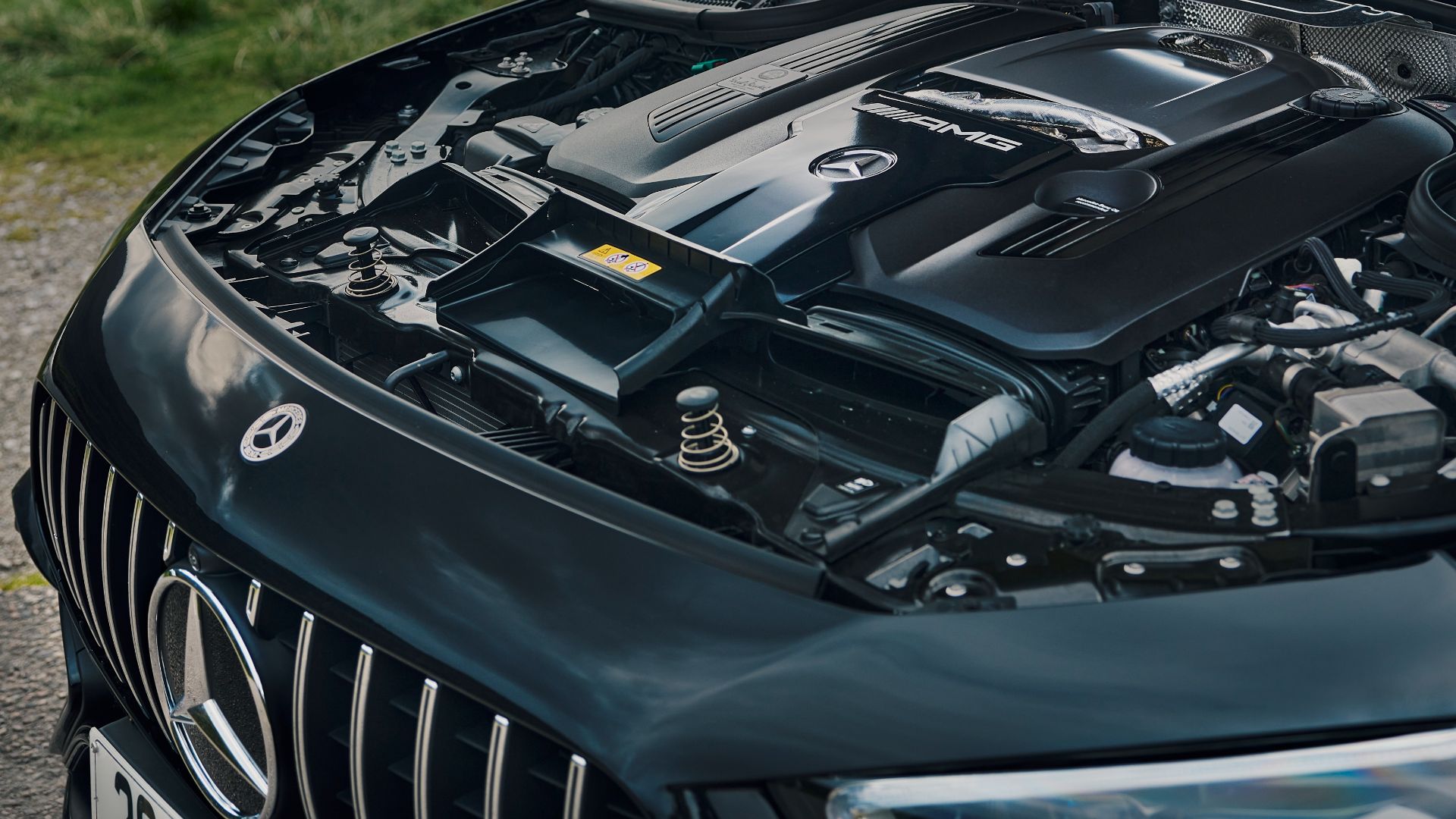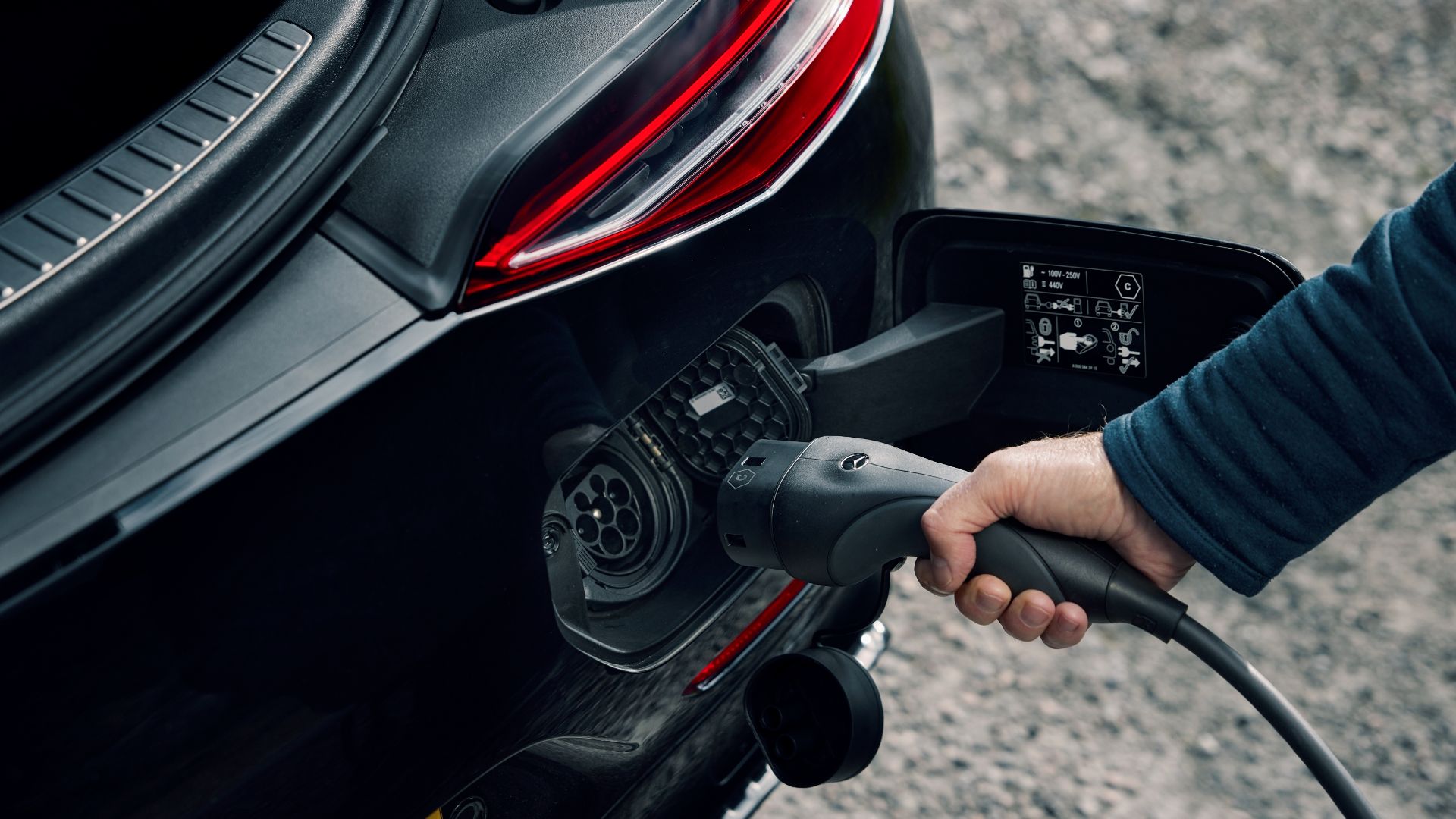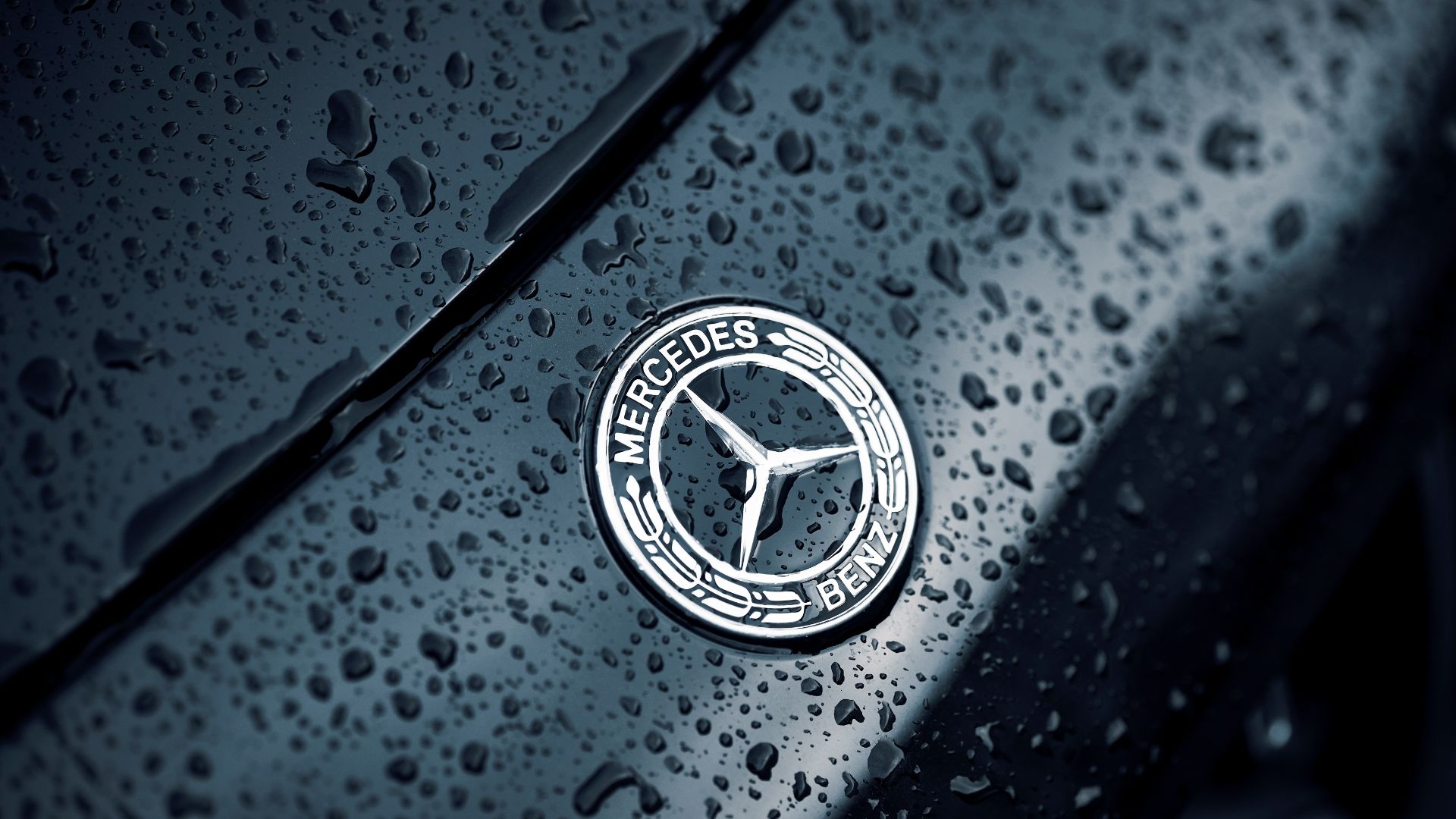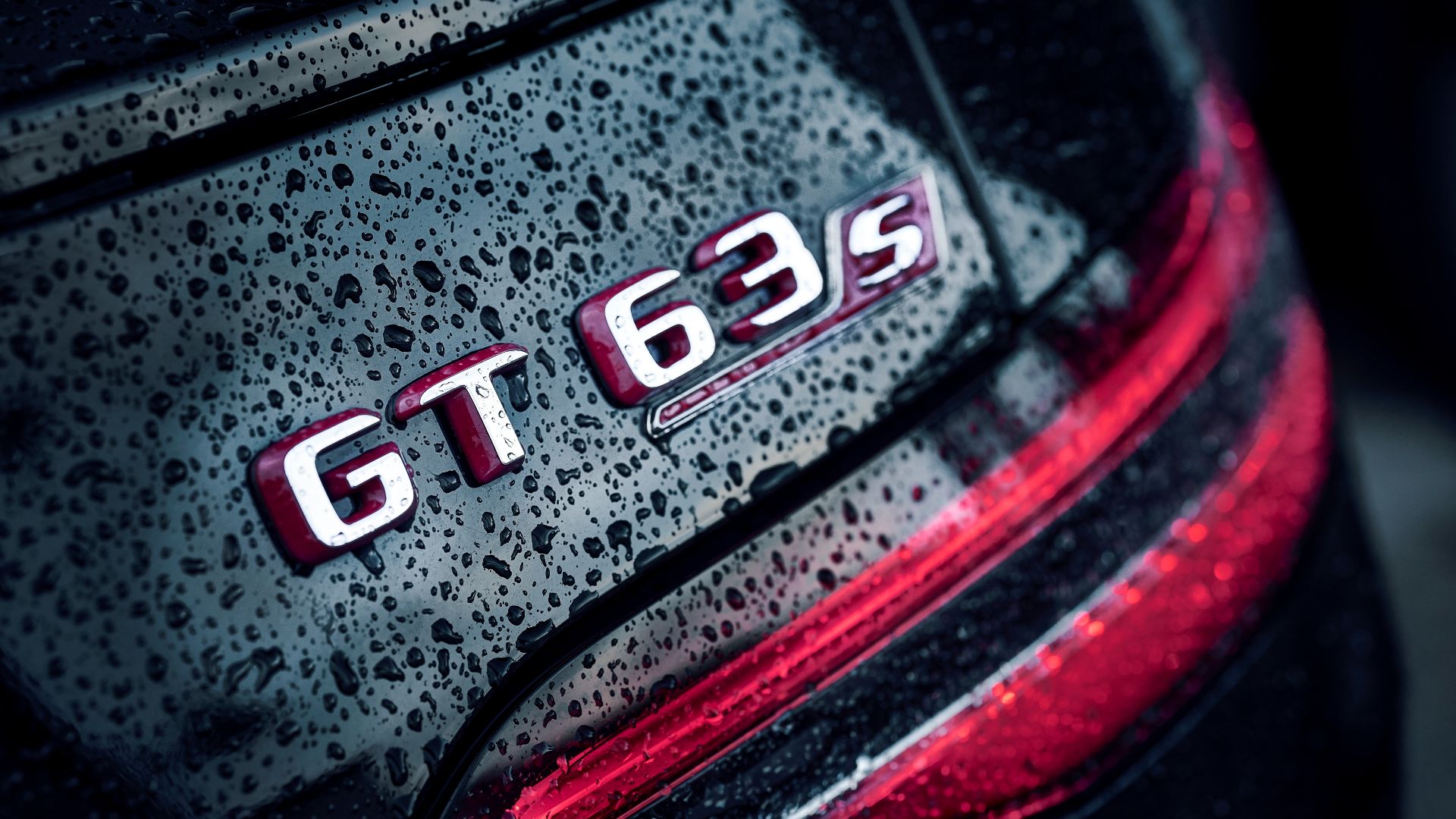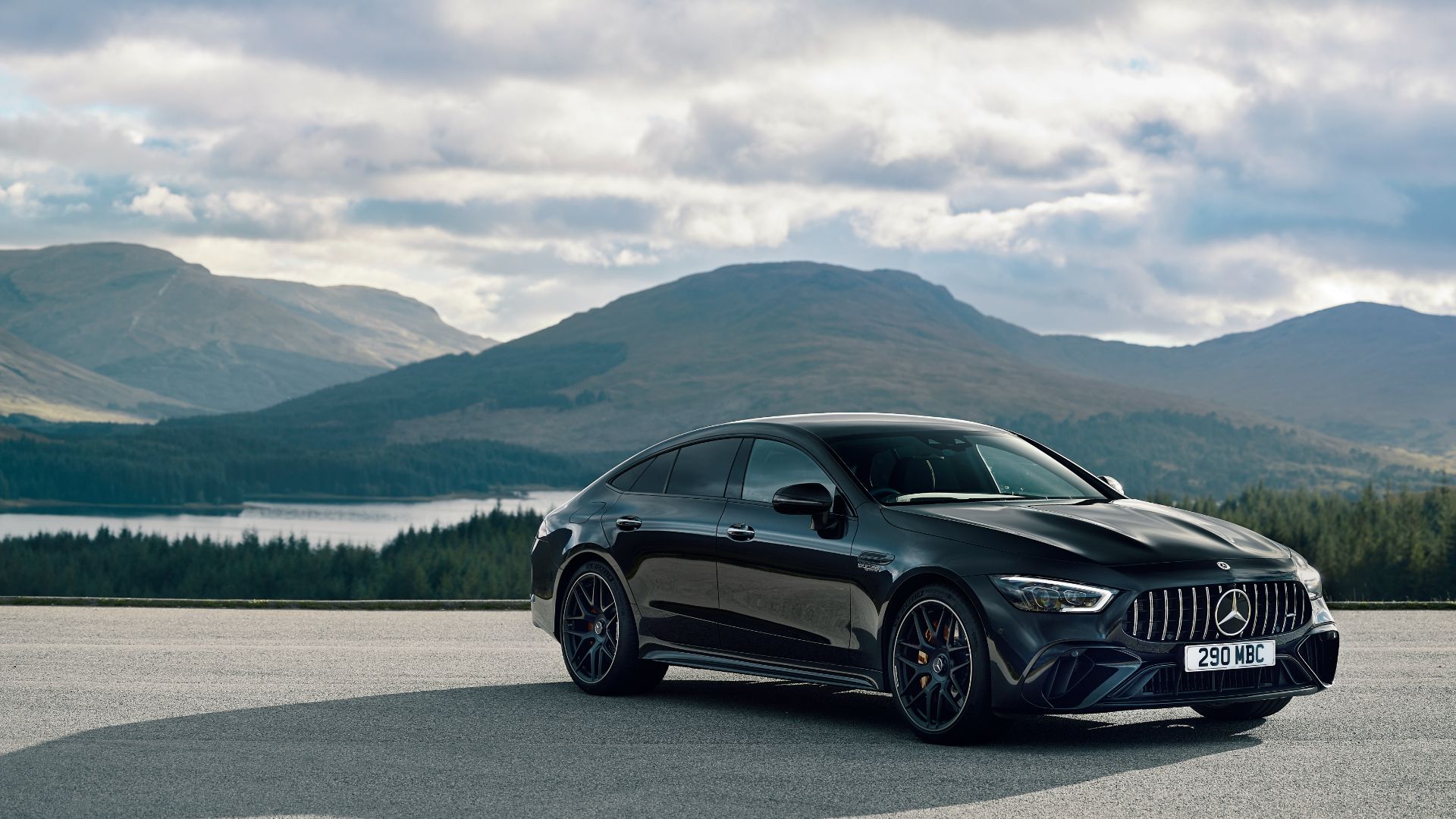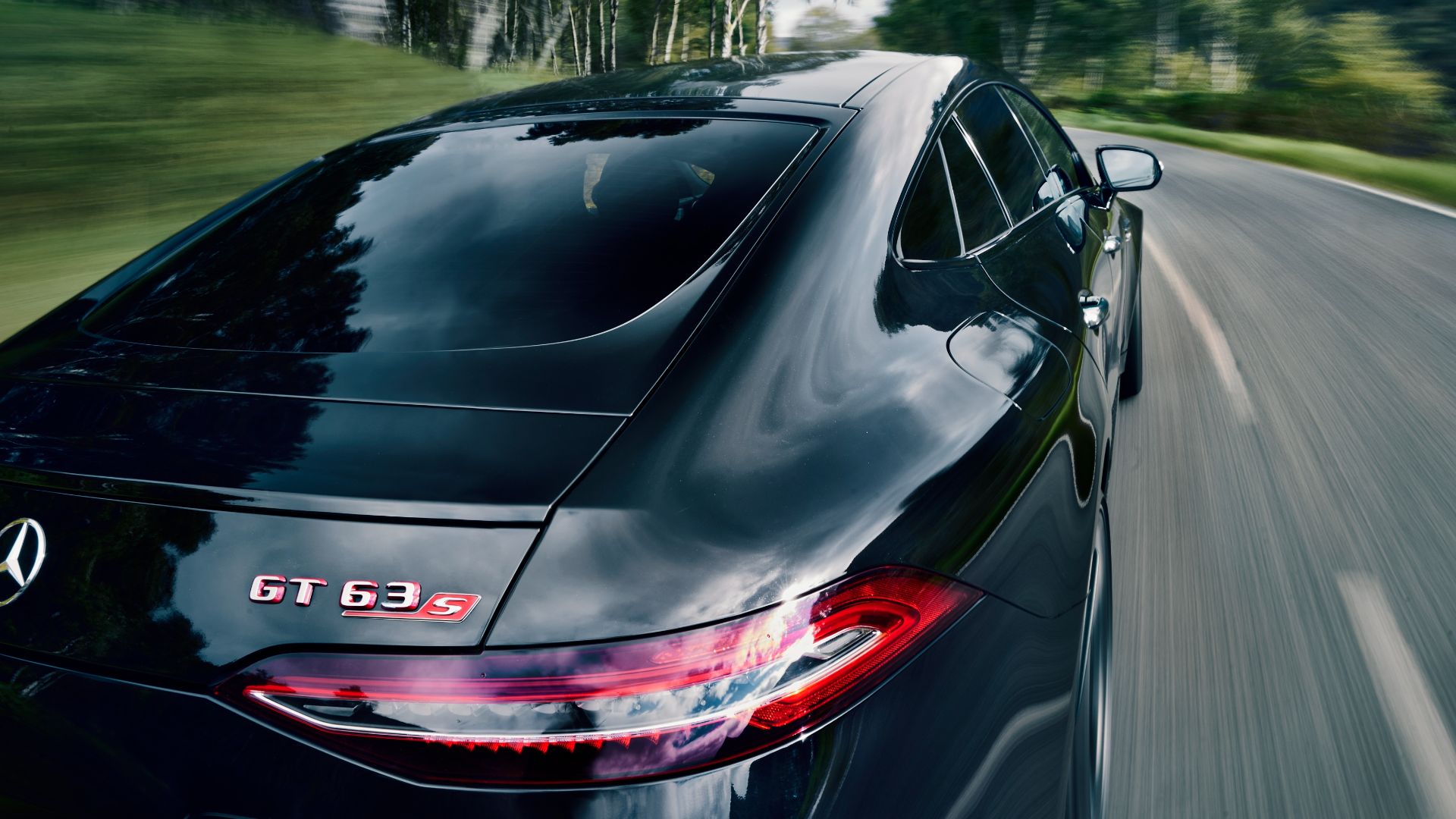AMG has been transforming sedate Mercedes-Benz saloons into tyre-smoking hooligans since 1971. If the good ol’ American muscle car has any European cousins, they surely hail from Affalterbach.
The days of bombastic V8 engines are numbered, of course, but AMG clearly has no intention of growing up or slowing down. Its first plug-in hybrid still has a 4.0-litre twin-turbocharged V8 to do the heavy lifting. And the new GT 63 S E Performance is easily the most powerful AMG road car ever produced.
Are you sitting down? Because the headline number here is eight hundred and forty three horsepower. That’s substantially more than a Porsche Panamera Turbo S E-Hybrid (the GT’s closest rival, with a paltry 700hp) and enough to make even the Nurburgring record-breaking 730hp AMG GT Black Series look a bit anaemic.
It’s good to torque
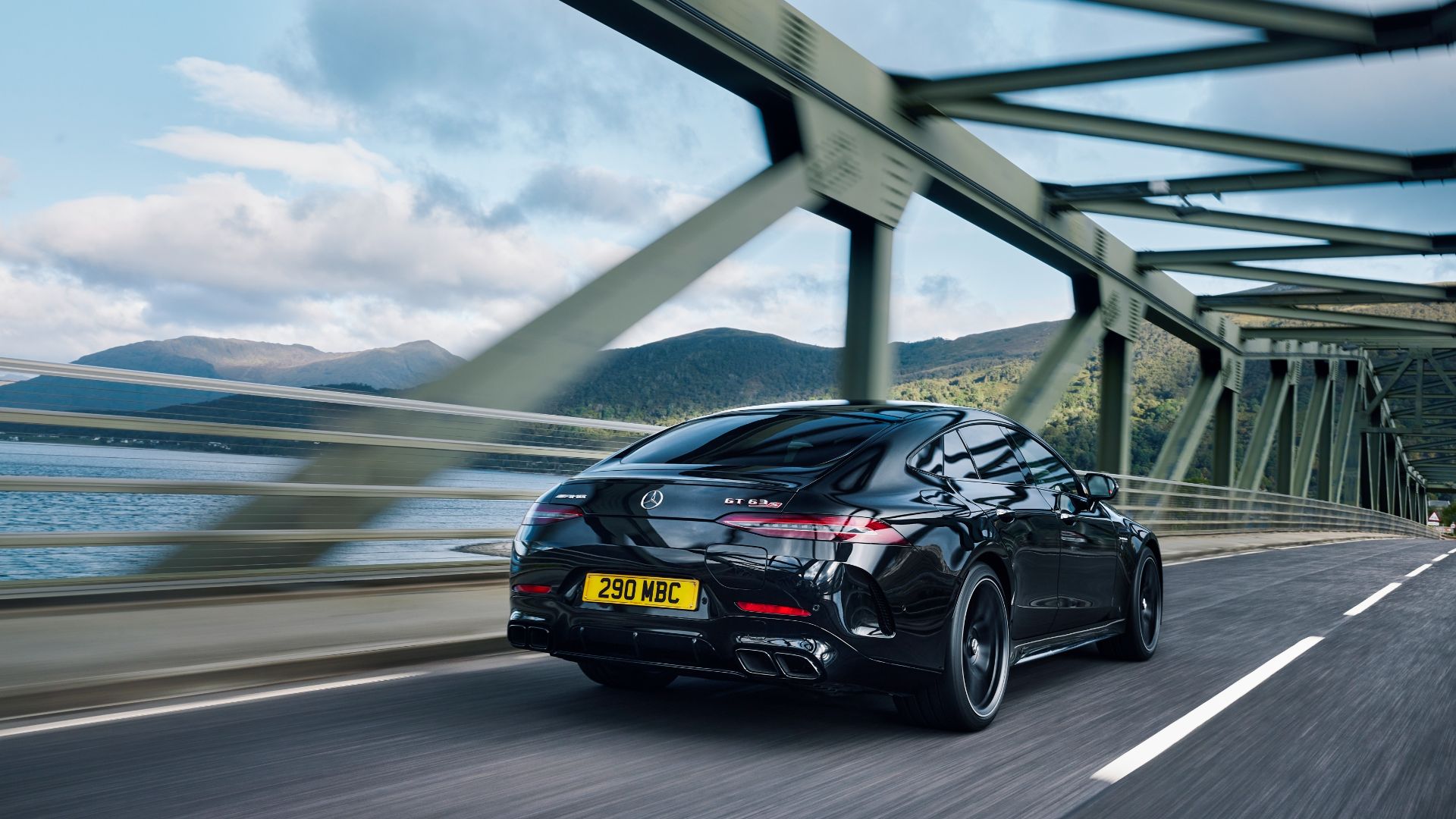
The clue is in the name, then: the E Performance isn’t a PHEV geared towards eking out more miles per gallon or slashing your BiK tax bill. Its 6.1kWh battery and rear-mounted motor provide a zero-emissions range of just eight miles, but they supplement the V8 with instantly available electric torque.
On paper, the results are quite something. This elongated ‘four-door coupe’ (to use M-B’s terminology) can blast to 62mph in 2.9 seconds and keep going to 196mph. On the road, the powertrain feels like the best of all worlds: effortless at low speeds, absurdly muscular in the mid-range and furiously intense as the revs rise.
Switch from default Comfort mode into Sport, Sport+ or Race and the quad tailpipes deliver the expected AMG fireworks, rasping and crackling with salacious glee. More surprising is the background noise of the electric motor, a potent, turbine-like whine to remind you this isn’t merely a ‘standard’ V8-only GT 63 S. It’s a refreshing contrast to the gimmicky, spaceship soundtracks of many electrified cars.
Hammer time
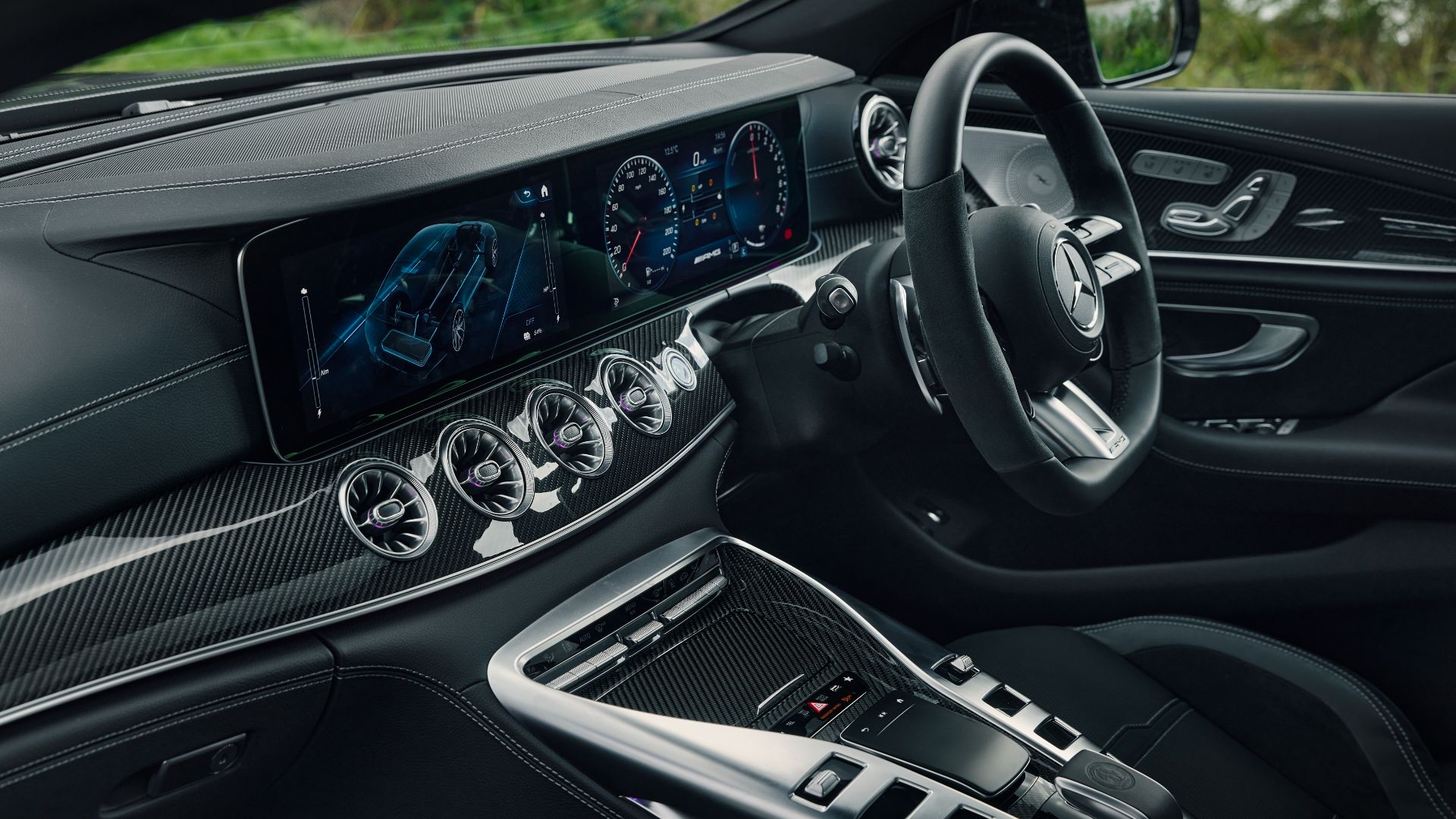
Besides the sounds and the fury, AMG’s family-sized flagship offers other attractions. Its enveloping, leather-lined interior combines real carbon fibre trim with neatly integrated tech, while its two individual rear seats are roomy enough for adults, despite that graceful ‘coupe’ profile. However, the boot only holds 335 litres – less than a Volkswagen Polo – so you’ll need a roof box for the annual holiday. The metal-effect plastic covering the centre console also looks cheap on a car costing £178,800.
How much? Yep, the E Performance will set you back a hefty £22,885 more than the non-hybrid 630hp GT 63 S, pushing its price tag into supercar territory. Granted, it offers supercar power and pace, but that’s still a substantial sum for a Mercedes-Benz based on the E-Class – and one that will depreciate as rapidly as it accelerates.
Such mighty firepower also demands a saintly level of restraint on UK roads (oh, for an empty German autobahn!) and the GT can seem like the proverbial sledgehammer to demolish a nut. Its steering is quick and accurate, but the brake pedal can feel inconsistent as it transitions between energy regeneration and using the discs.
Fighting with physics

Equally, four-wheel drive, adaptive air suspension and an electronic rear differential can only do so much to mitigate the physics at work when 1,084lb ft of torque meets a kerb weight of nearly 2.6 tonnes. You will certainly enjoy hoofing the GT around, but you’ll need plenty of space – and a sizable budget for new tyres.
The GT 63 S E Performance is a technical tour de force and a fitting flagship for the AMG range. But you could save at least £70,000 and have just as much fun in the outgoing Mercedes-AMG E 63 S. As Americans well know, when it comes to muscle cars, simple is often best.
ALSO READ:
Mercedes-AMG GT 63S 4-Door review
The amazing history of Mercedes-AMG
